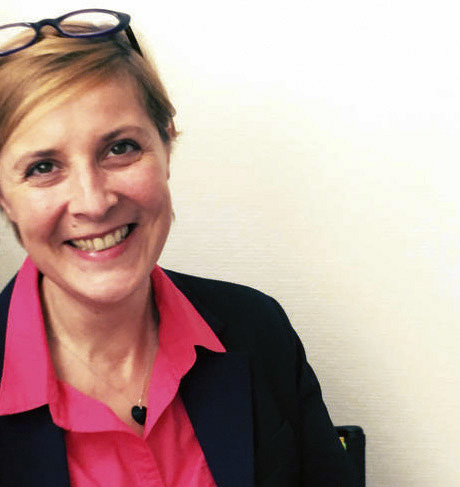
Behind one Jean Dieuzaide lurks another. The least we can say is that he was a complete photographer: reportage, portrait, travel, still life, he did it all. Then his portraits of Salvatore Dali spring to mind, or yet his Young Girl with Rabbit. And while we might correctly call him a humanist photographer, since the human being is at the center of his work, we would be wrong to confine him to this genre: architecture, landscape, abstraction, science and industry are also part of his work.
Behind one Jean Dieuzaide lurks another, because in addition to being a photographer, he strove hard to give the medium the recognition it deserved. He was “a militant,” “a pioneer defending and promoting photography,” as Françoise Denoyelle points out in the book. Judge for yourself. In 1964, he co-founded the group Libre Expression. In 1970, he became involved with the founders of the Rencontres d’Arles. In 1974, he opened the first French gallery dedicated to photography, Le Château d’Eau, in Toulouse. Robert Doisneau was chosen for the inaugural exhibition, followed by many figures of international renown over the twenty years Dieuzaide served as artistic director: Edward Weston, Walker Evans, Robert Capa, to name a few.


But above all, his legacy is in his images. “‘Thought” is embodied in photography as in any other art form worthy of the name. … One would have to be blind, stupid, or segregationist not to ‘recognize’ that this strange invention, a school of the gaze, … mirrors the world before our eyes in order to understand it better,” wrote Jean Dieuzaide two years before his death in the preface to a catalog. And, indeed, over sixty years, he offered interpretations of the world, going as far as abstraction.
From the 1940s to 2000, he never stopped exploring new possibilities. Like many photographers of his generation, he photographed primarily in black and white, with occasional forays into color. He earned his living by getting commissions from the press, industries, publishers, and institutions. This explains the diversity of his practice. However, commissions do not mean second-rate works: extremely well composed, his images remain striking.


Wearing the hat of a sports journalist, he would look for the decisive moment; when covering May ’68 in Toulouse, he created a triptych to better capture the atmosphere. When on assignment for the aeronautic or other industry, he demonstrated great dexterity, using high- and low-angle shots to highlight the links between man and machine or the individual and the architecture.
But where Jean Dieuzaide really shined was in his personal research, carried out in parallel to his assignments. A garden, this work wasn’t exactly secret, because he exhibited in 1948 at the Bibliothèque Nationale de France, at a time when photo exhibitions were rare. And he gained recognition very quickly. He was the first photographer to receive the Prix Niépce in 1955 and the only one to date to have also won the Prix Nadar (awarded for a book publication), two awards granted by the association Gens d’Images.

Two photographic works speak volumes about his devotion to this art. First, still lifes of plants from his garden made over several decades. Here, Jean Dieuzaide draws our attention to the sensuality of the vegetal curves but also invites us to take the measure of the fragility of flowers and, through them, of our own existence.
The other innovative series, Le brai [Tar], was created in 1958 and 1960. This coal-based material fascinated Jean Dieuzaide. He felt as if “another self was struggling in a puddle of goo; a demonic unease clenched my throat, stirred my senses, … and incited me to photograph with a malignant pleasure.” This work was self-published in 1000 copies in 1974 and has just been reprinted by Éditions Contrejour. Here again, sensuality is present, but this time in the abstract. There is no doubt, Jean Dieuzaide could see beyond the visible.

By Sophie Bernard
Sophie Bernard is a journalist specializing in photography, a contributor to La Gazette de Drouot and Le Quotidien de l’Art, a curator, and a teacher at EFET in Paris.
“Jean Dieuzaide, 60 Years of Photography“. December 4, 2021 to March 6, 2022. Couvent des Jacobins, Place des Jacobins, allée Maurice Prin, 31000 Toulouse.
Jean Dieuzaide, Soixante ans de photographie, text by Françoise Denoyelle (with English and Spanish translations). Éditions de Juillet, €29, 240 pp.
Jean Dieuzaide, Le Brai. Éditions Contrejour, €25, 80 pp.



